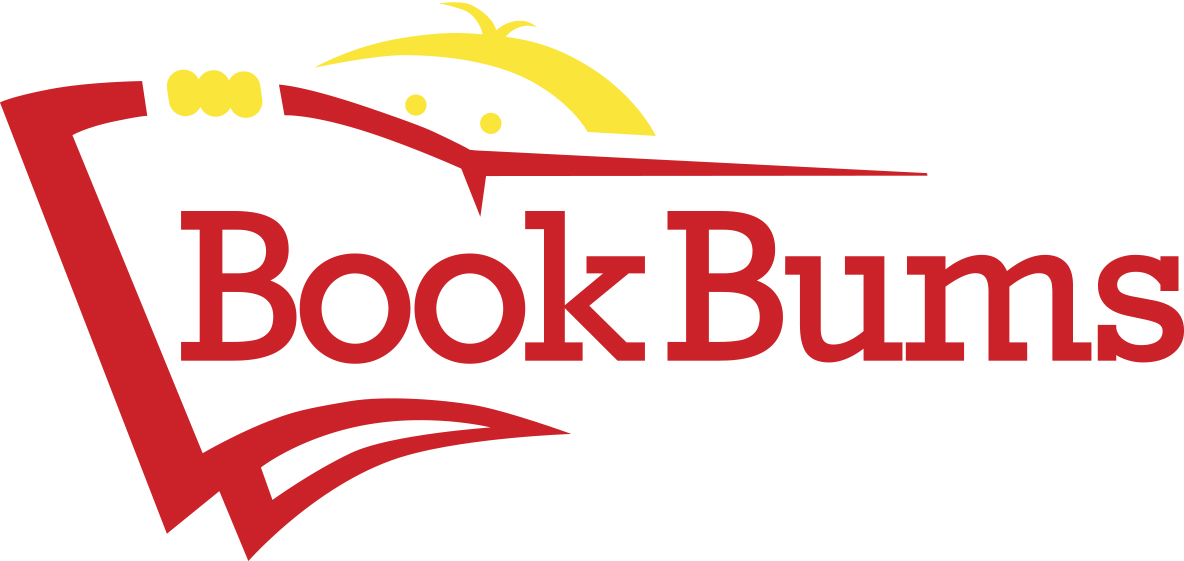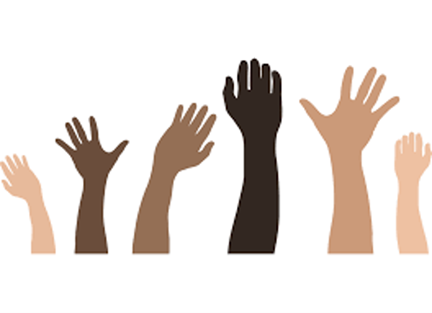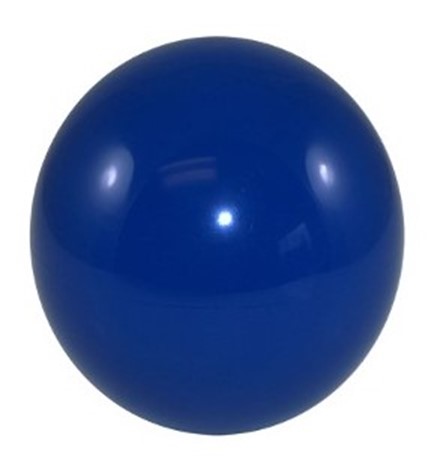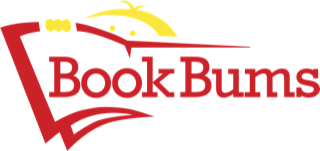
Hello Book Bums families!
While reading may be something we do on our own, thinking and talking about the stories and ideas in books is something we do together. Whether it's in a classroom, a book club, over a cup of coffee, or around your dinner table, the discussion about a book can be the best part. Read on for a beautiful quote we share this week about the ability of books to be windows and mirrors, teaching us about ourselves and sparking curiosity and discussion about new worlds.
Bookbums.com is an Amazon Associate; We earn from qualifying purchases. This means that if you click on a link to Amazon.com and make a purchase, We may earn a small commission at no extra cost to you. We do recommend the products. Feel free to find them by other means.
Word of the Week
provocative (pruh-vok-uh-tiv) adjective/describing word - intended to get a reaction
The provocative headline got my attention and made me want to read the article.
Literary Calendar
• February 27 is the birthday of author John Steinbeck.
• His work is commonly studied in high school English classes.
• He may be most well known for his epic novels The Grapes of Wrath and East of Eden, but has written shorter fiction as well such as The Pearl and Of Mice and Men.
Tips for Families
When talking with kids, we can describe prejudice as any opinion, judgement, or feeling we form before we know the facts. Remember, prejudice is not just about skin color.
Because young children often have a clear vision of fairness, it’s not too early to talk about how we treat others. Kids already have notions about race and differences. Simply noticing differences doesn’t make us biased. We want kids to notice differences, but we also want kids to honor people’s identities without judging or discriminating based upon those differences.
Conversations about racism and discrimination will look different for each family. While there is no one-size-fits-all approach, the science is clear: the earlier parents start the conversation with their children the better. And why not use a book to launch the discussion?

Talk openly – Having honest and open discussions about racism, diversity and inclusivity builds trust with your children. It encourages them to come to you with questions and worries. If they see you as a trusted source of advice, they are likely to engage with you on this topic more.
unicef.org, parenting
From our Bookshelves

From Our Bookshelves
When Phil sees another kid wearing his brother's jacket, he assumes the jacket was stolen. It turns out he was wrong, and Phil has to ask himself the question: Would he have made the same assumption if the boy wearing the jacket hadn't been African American? And that question leads to others that reveal some unsettling truths about Phil's neighborhood, his family, and even himself.
This book is a top pick for promoting rich conversations about race. The main character, Phil, does a lot of thinking—investigating his own assumptions about people and deciding whether or not he struggles with prejudice.
“Books are sometimes windows, offering views of worlds that may be real or imagined, familiar or strange. These windows are also sliding glass doors, and readers have only to walk through in imagination to become part of whatever world has been created or recreated by the author. When lighting conditions are just right, however, a window can also be a mirror. Literature transforms human experience and reflects it back to us, and in that reflection, we can see our own lives and experiences as part of a larger human experience. Reading, then, becomes a means of self-affirmation, and readers often seek their mirrors in books.”
― Rudine Sims Bishop
Tips for Readers and Writers
Though you may see classrooms with labels identifying things like window and chair and door, please do not label your home. These labels do not promote emergent literacy skills and can, indeed, hinder them.

Should I place labels around my home to promote early literacy skills? No, and here's why.
1. Most kids don’t learn words as a result of simply seeing them often.
2. Labels can promote a “whole word” learning approach. When kids are taught to see words as wholes or as pictures, the sounds represented by the letters are not utilized. For words to become instantly retrievable sight words, letter-sound connections are required. To bond the spellings, pronunciations, and the meanings of words in memory, we must tune into the sounds in words rather than simply trying to remember letter strings.
3. When kids see words as wholes or as pictures, reversals can be common. After all, it doesn’t matter which way a picture of a horse is facing, it’s a horse. But with words, directionality is key. We must process the sounds, in order, from left to right across the words. Most kids are not dyslexic, though LOTS of them write was for saw. The issue? They’re not tuned into the sounds represented by the letters in words. It’s quite likely that kids who do this reversing have been taught to memorize sight words with no regard for the sounds.
4. Smart kids recognize when they write words incorrectly, but without having learned with phonics, they have no idea about how to fix those misspelled words. This is very frustrating, so many good readers (who are good at recognizing words) hate to write.
5. Kids don’t always know what the label is representing.

Blue.
Wordology Workshop
• The Latin root voc means voice and is part of many common English words.
• You can find it in the center of provocative, our word of the week.
• We challenge you to look for more words using voc and think about how voice is part of their meaning.
Practical Grammar
What’s wrong with this sentence? I"ll give you a clue - it's about who vs. that.
She’s the girl that asked about the book, The Jacket.
Since the girl is not an object, we should say . . .
She’s the girl who asked about the book, The Jacket.
Since the book is an object, we should say . . .
The Jacket is a book that my students enjoyed very much.
If you know someone who would benefit from our newsletter or tutoring at Book Bums, please share this email with them! Thank you.
Copyright © 2024 Book Bums, All rights reserved
Our mailing address is:
7967 Cincinnati-Dayton Road Suite L
West Chester, OH 45069

